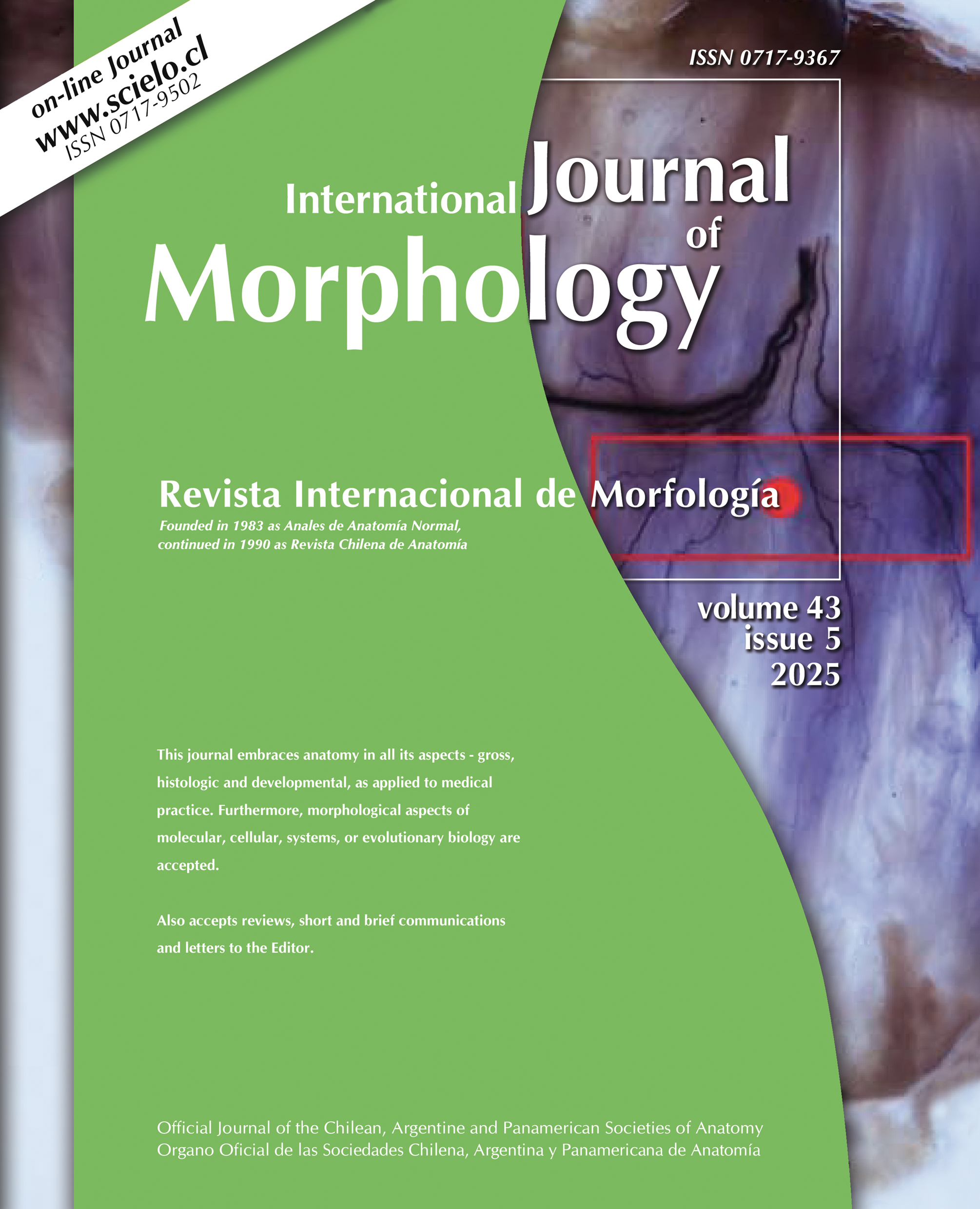Body Composition and Proportionality in Chilean Soccer Players. Differences Between Young and Champion Elite Players
DOI :
Sam Hernández-Jaña; Carlos Jorquera-Aguilera; Atilio Aldo Almagià-Flores; Rodrigo Yáñez-Sepúlveda; Fernando Rodríguez-Rodríguez
Summary
Soccer is the most popular sport in the world. Thus, the variables that benefit performance and success have sparked great interest and occupy an essential role in the preparation of athletes. Therefore, the aim of the present study was to analyze the body composition and proportionality according to categories and playing position. 111 male soccer players of the Chilean national soccer team under-15 (14.6±0.3 years), under-17 (16.3±0.5 years), under-20 (19.0±0.7 years), and elite (24.3±4.7 years) categories were evaluated through anthropometry. Values of body composition and proportionality were recorded and organized by position and category; significance was established at p<.05. For weight, goalkeepers had the highest for their position; under-20 players, the highest for their category (83.7±3.8 kg). Regarding height, elite and under-17 central defenders had the highest values (187.0±4.2 cm and 179.9±3.5 cm, respectively). Goalkeepers in all categories have the highest BMI values; the highest were observed in elite (25.1±1.3 kg/m2). Under-17 forwards/extremes had the highest values in terms of muscle mass percentage (60.5±8.0 %), whereas under-15 fullbacks have the lowest values in terms of fat mass (9.6±0.7 %). The players of the Chilean national soccer team have similar values to other researches with players of the same age and category; however, the younger categories have significant differences in the variables that provide advantages during a game with the elite category. Therefore, emphasis should be placed on equating physical conditions before promoting a player to the older categories.KEY WORDS: Game position; Football, anthropometry; Muscle mass.





























